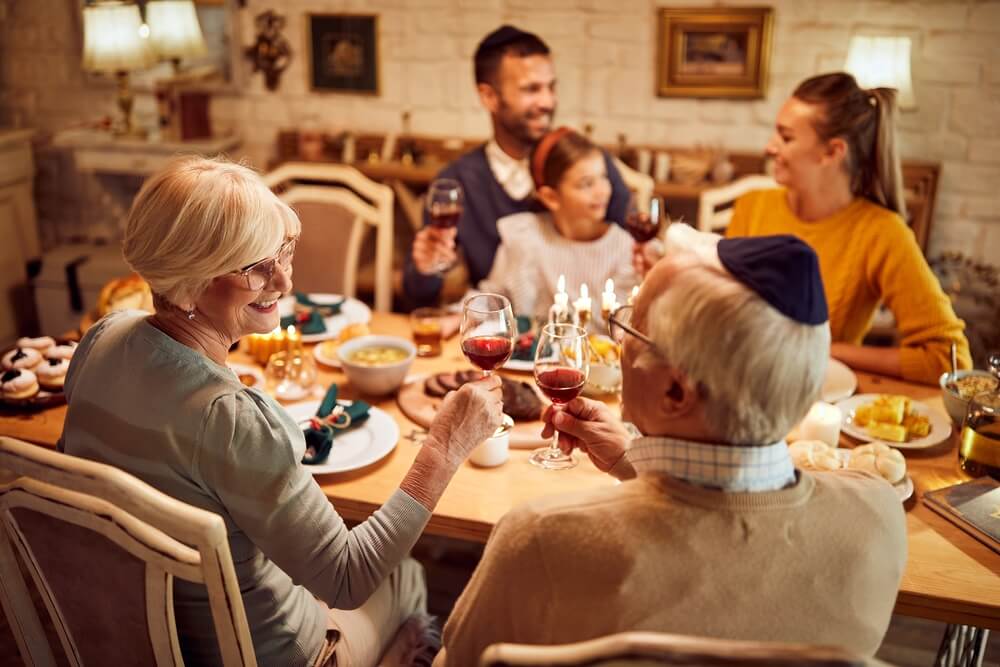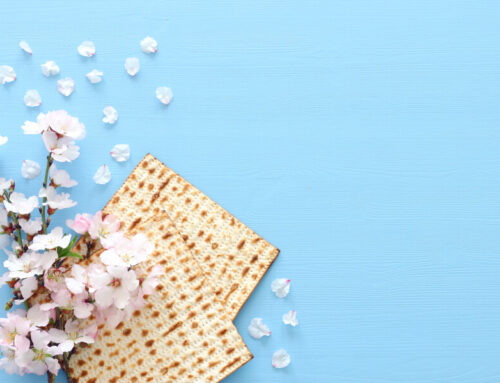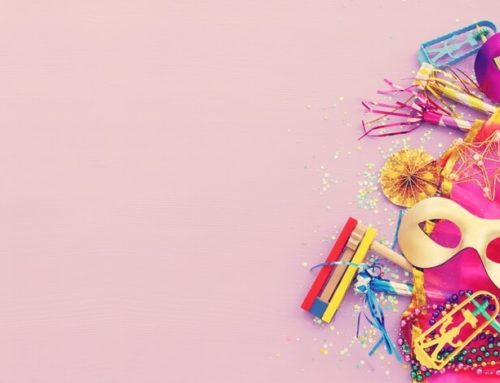Truth be told, the thing is that those people who aren’t familiar with the Jewish faith or have no Jewish heritage often know little about Jewish holidays. Sure, they’ve probably heard of festive events like Passover or Hannukah. Still, in reality, there are a few more major Jewish holidays that get less coverage in the news or other popular media outlets.
For instance, most of your friends who aren’t part of Jewish communities may have heard of Yom Kippur or Rosh Hashanah but don’t really know what they are, even though they are much larger and even more significant celebrations.
As a matter of fact, the Jewish calendar gives place to several holidays, and the majority of the people outside the Covenant often don’t know that this calendar differs from the Western world’s lunar calendar. This is why the major Jewish holidays occur on different days each year.
In this article, we’ll cover everything you need to know everything about these holidays. And if you want to know more after reading this article, Reach out to South Florida mohel, Dr. Krinsky.
About the Jewish Calendar
The Hebrew calendar, as mentioned before, isn’t a lunar calendar but a lunisolar one. Of course, there are 12 months in the year that correspond with all 12 lunar cycles, but every four years during a leap year, instead of one extra day, one extra month is observed. Because of this, the Jewish calendar holds great significance in celebrating Jewish holidays and traditions because it doesn’t only determine on which date the most important events will occur but be even more specific in giving an answer.
On the Jewish calendar, the hours represent only one-twelfth of daylight hours. This means that the hours of the day will be different based on the time of year.
Just like the lunar calendar, the Jewish calendar also has a seven-day week, with each week beginning on Sunday and ending on Saturday. The latter, Saturday, is referred to as the Shabbat (or, more commonly, the Sabbath), which is the day for rest in the Jewish faith. In Orthodox Jewish communities, the Sabbath is a weekly holiday during which people do not travel or work. On this day, followers of the faith will light candles on Friday evening when the sun goes down, and the Sabbath begins. They will also sing songs, recite prayers, have festive meals, and wear traditional clothes.
About Rosh Hashanah
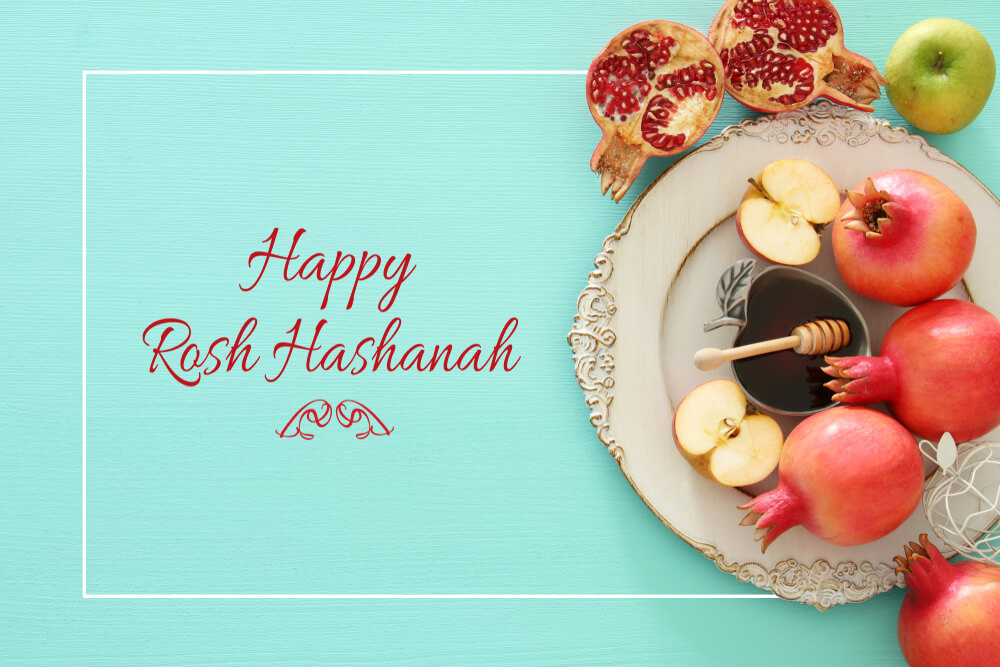
Now that you have a better understanding of the Jewish calendar let’s talk about the Jewish New Year or Rosh Hashanah. In accordance with the Jewish faith, this marks the day when God created the first human being. You should know that Rosh Hashanah does not correspond with the actual start of the Jewish year, which is on the first of Tishrei. This is the Jewish calendar’s seventh month. In the Gregorian calendar, Tishrei will usually be in September or October.
The festive time during Rosh Hashanah will last two days. It marks a time of joy and celebration, and often, a period of deep spiritual reflection and personal renewal. Followers of the faith will visit the synagogues to pray and listen to services. They will also gather with their families for traditional meals.
During Rosh Hashanah, communities will also practice the Tashlik. This tradition consists of throwing breadcrumbs into rivers, representing past sins that get cast away with the past year.
About Yom Kippur
Another important holiday is Yom Kippur. As a matter of fact, this is the holiest day in the entire Jewish calendar. Yom Kippur describes the day of atonement, during which the followers of the faith seek to be cleansed of all their sins. It takes place shortly after the holiday of Rosh Hashanah, on the 10th of Tishrei.
Yom Kippur is a fasting day during which people attend services and recite prayers, often wearing white garments that aim to represent purity.
On the day of Yom Kippur, healthy teenagers and adults don’t drink or eat. They also refrain from wearing perfume, bathing, and wearing leather shoes. Jewish girls begin with the observance of these traditions when they turn 12. For boys, the same begins a year later, at the age of 13. The primary purpose of enduring these discomforts is to understand better the possible pains other people experience.
Also, Yom Kippur marks the High Holy Days’ final day. They are also referred to as the Days of Awe, beginning with Rosh Hashanah. These ten crucial days aim to remind the Jewish Communities of the last ten days that Moses spent on Mount Sinai, where he received the Ten Commandments. Between the two major Jewish holidays that mark the beginning and the end of the Days of Awe, the rest of this time is usually spent seeking forgiveness for any sins done during the past year and reflecting on oneself.
About Passover
More precisely, called “Pesach” in Hebrew, Passover is the holiday on which the Jewish community celebrates their freedom from Egyptian enslavement. Following the word of God, Moses led the people out of the desert while the Egyptians suffered the ten plaques as a way to demoralize the Egyptian king, who didn’t want to let go of the Jews.
In this context, Passover refers to the last plaque, as they had to mark their doors with the blood of a lamb so the Angel of Death would pass over their houses, harming only the enslaving Egyptians.
Even though the plaques devastated the land and families, the Egyptians were persistent in pursuing the Jews. Moses parted the Red Sea to avoid them for good, leading the Jewish people to safety and freedom.
During their quick escape, they didn’t have time to prepare their bread properly, so they ate flatbread. Observing Passover, Jews eat that same type of bread, and for eight days, they don’t eat foods with water-fermented wheat or leaven.
About Hannukah
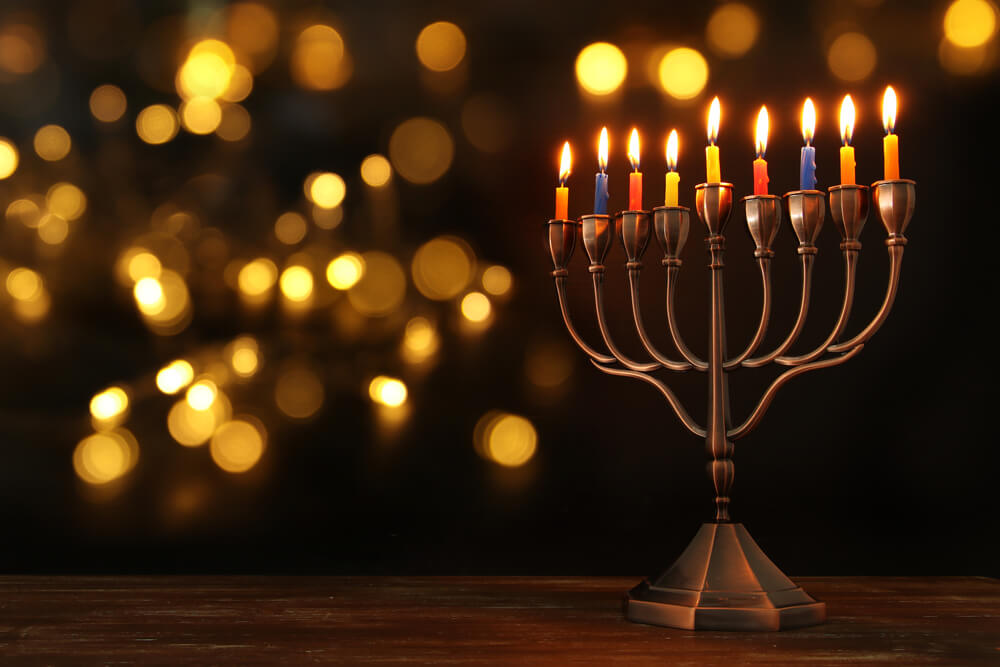
Lastly, this is one of those significant Jewish holidays that is probably the most well-known to people who are outside the religion. It’s an important holiday, but in reality, smaller than the others we’ve just discussed.
Essentially, this holiday celebrates light in darkness and rededication to your beliefs. This holiday occurs during winter, the darkest period of the year, which is a rather fitting time for the holiday. Hanukkah celebrates the Maccabean Rebellion. This rebellion stopped the Greeks’ religious oppression of Jews.
After the victory, the leader of the rebellion Judah Maccabee rededicated the temple to the worshipping of God, but he only had oil left to light the menorah one night; instead, it burned for eight days.
In observance of Hannukah, families light the menorah candles, gather together, sing songs, play with the dreidel, and eat fried foods.
Celebrating The Jewish Heritage
The Jewish faith is full of exciting traditions that reflect an even richer history. Apart from the religious component, families will often have their own internal memories and recollections of these celebrations, which all serve to bring everyone together within the Covenant.
That being said, if you wish to learn about more traditions and ceremonies, like the brit milah, feel free to reach out to Dr. Krinsky to learn more.



